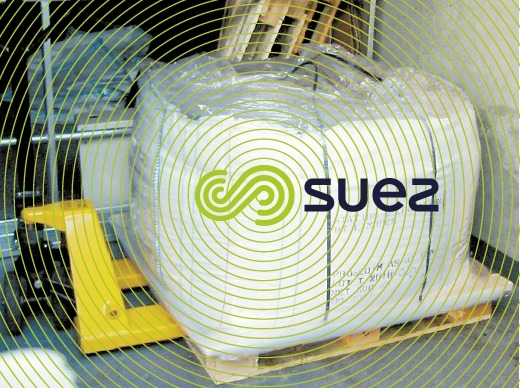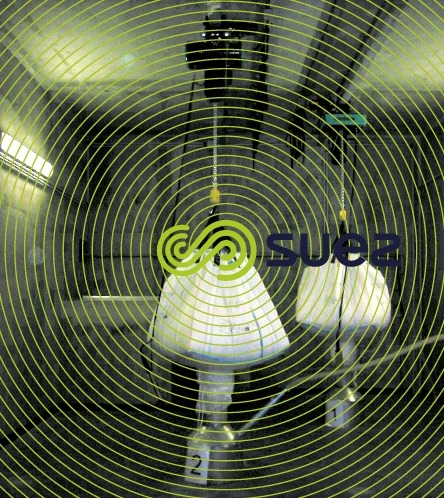packaging – conditioning
Reading time:A reagent’s packaging and conditioning will mainly depend on:
- its state (solid, liquid, gas);
- its nature (corrosion, conservation) ;
- its transport method (individual non-returnable or returnable packaging, bulk);
- its unloading and storage method (tankers, silos and containers for medium to large quantities, big-bags for intermediate quantities, sacks, drums and jerricans on pallets for smaller quantities).
The most common packaging systems used:
- liquid reagents:
- 20 and 30 litres polyethylene drums or jerricans;
- 800 litres parallelepiped plastic containers, that can be handled direct by forklift trucks. These containers can either be emptied through the top (carboy tippers), or by gravity (coupling in the base, fitted with a standardised 50 mm diameter quick connector – to take a hose), or again using compressed air (1 bar maximum);
- solid reagents:
- 25 or 50 kg sacks on pallets;
- metal, plastic or cardboard drums (e.g. for anhydrous ferric chloride);
- large capacity containers ("big-bags"), see photos 2 and 3;






- gas reagents:
- liquefied gases (chlorine, ammonia, carbon dioxide) are all supplied pressurised in metal cylinders (vertical) or tanks (horizontal) (figure 1). The liquid and the gas are at equilibrium at the vaporisation pressure applicable to the reagent’s temperature (6 to 9 bar at 20°C for chlorine and ammonia, 20 bar at -20° C for carbon dioxide);
- it is essential that only the gas is drawn off when using cylinders. Therefore,cylinders must only be used when vertical. Horizontal tanks allow either gas to be drawn off (both valves being on a vertical and only the upper one used), or liquid, when major flows are required, for routing to an evaporator.



Bookmark tool
Click on the bookmark tool, highlight the last read paragraph to continue your reading later












